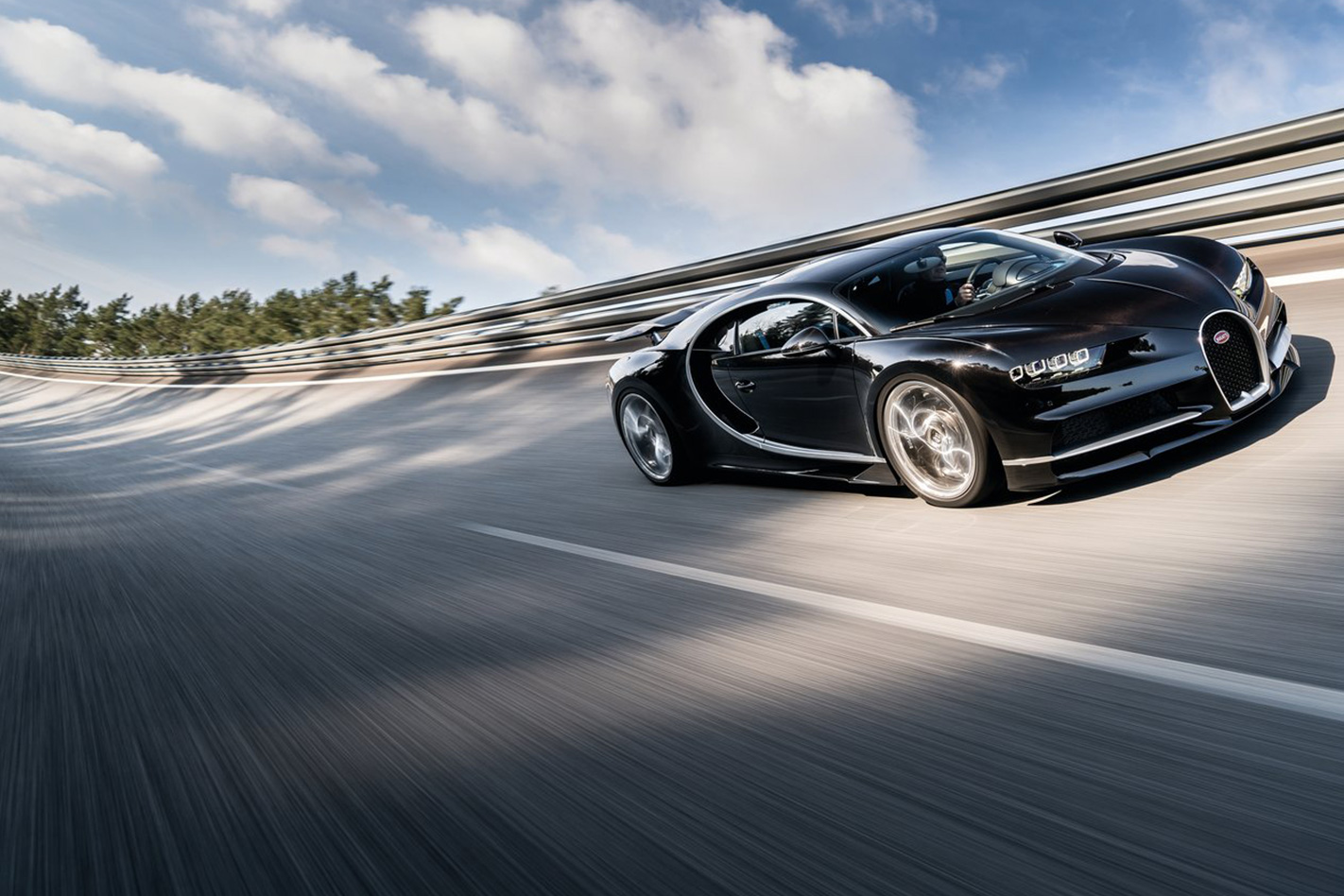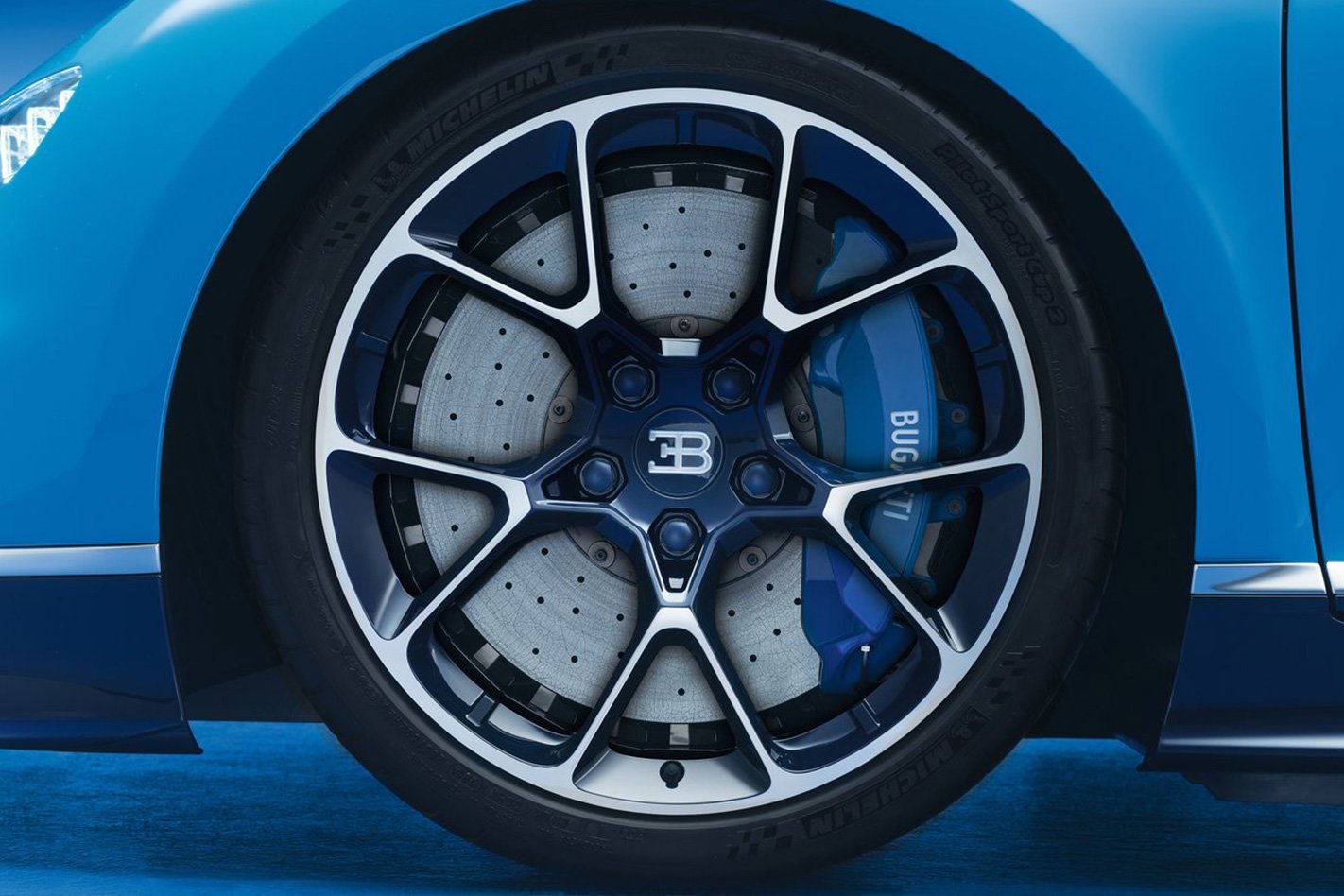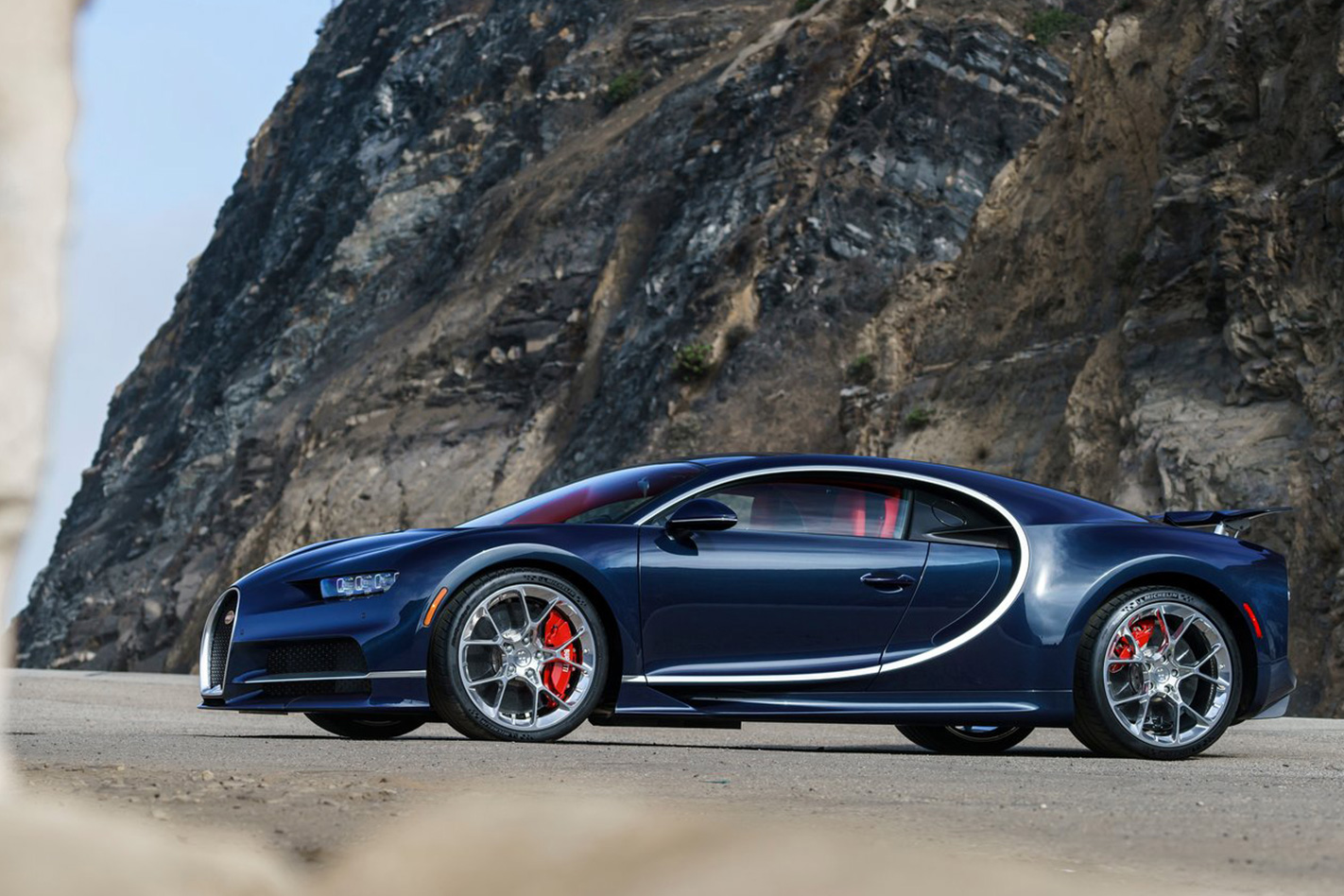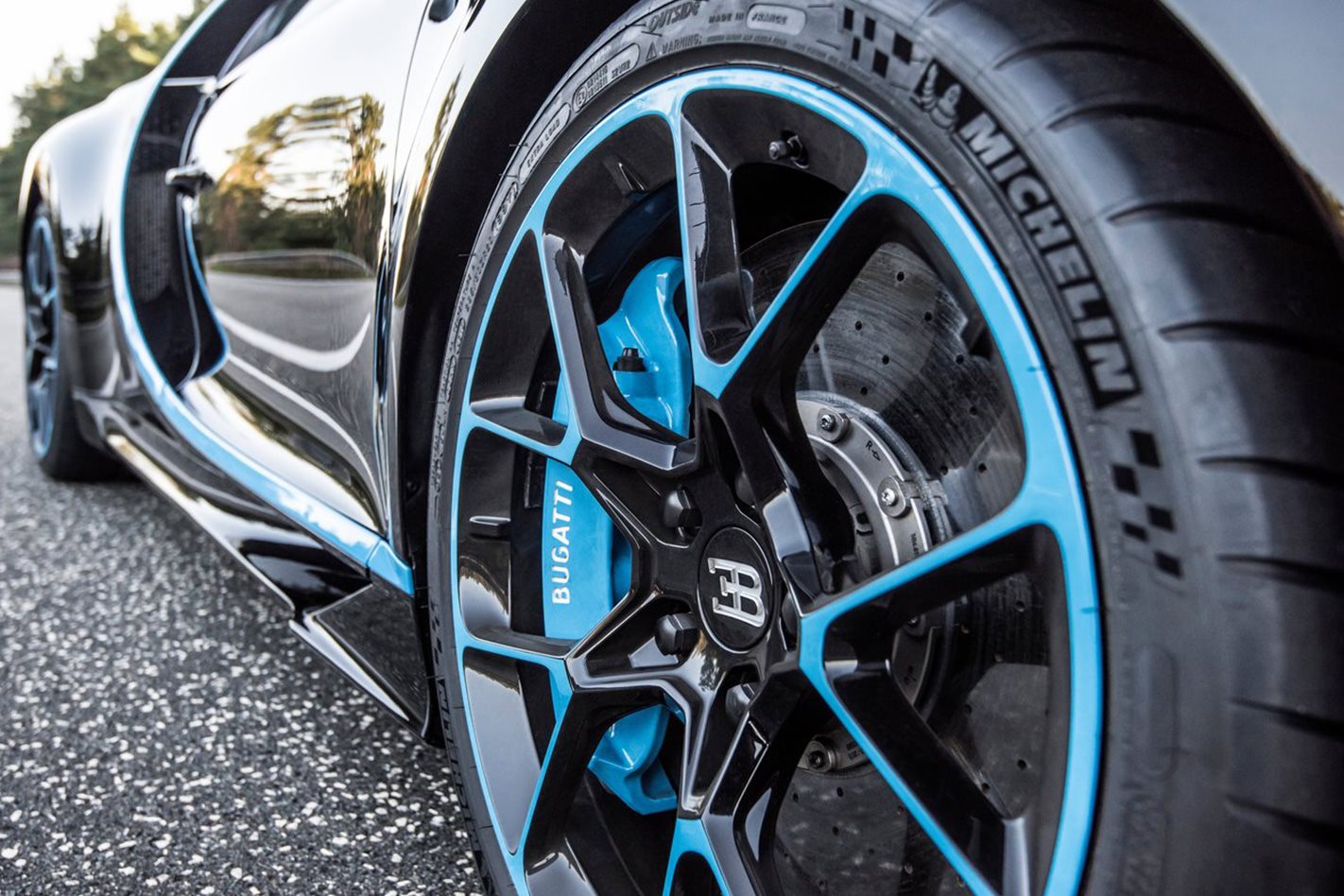IT’S NOT power, it’s not aerodynamics and it’s not weight that’s holding production road cars on a very taut leash, preventing them from smashing through the next major V-max milestone – it’s rubber.

But if a morsel of information from one of Michelin’s top tyre executives is to be taken seriously, the French purveyor of fine tread may hold the key to the next dizzying straight-line speeds, enabling the most fearsome hypercars to break through the rubber ceiling.
Speaking to US publication Bloomberg.com, Michelin original equipment product manager Eric Schmedding said the company was “knocking on the door of 300 mph” – a gigantic speed that would blast a production car nearly 40km/h past the current record of 447km/h set by the Koenigsegg Agera RS last year.
If Michelin announces a tyre that is rated to 300mph (483km/h) it’s likely Bugatti’s Chiron and the Hennessey Venom F5 would slip on a set of the performance plimsolls to have a crack at stealing the title from the Swede, or perhaps Koenigsegg would push its champion even further.
Until a manufacturer comes up with a formula that can withstand the almost unfathomable stresses, all current tyres will simply disintegrate during record attempts – a problem no test driver wants to deal with when they’re covering 134 metres every second.

The problem is threefold. As the speed increases so does temperature and as the ‘rubber’ (actually a complex blend of synthetic materials and only a small part natural rubber) heats up it begins to lose strength.
At searing temperatures, immense centrifugal force starts to tear the liquefying rubber from the tyre’s structure and if the driver doesn’t realise and react in time, at least one corner will be rolling on alloy at warp speed. The prognosis is usually bleak.
Even if the worst doesn’t eventuate, the forces will deform the tread of the tyre, bowing the centre section of the tread out until the contact patch looks like a Tour de France tyre. Then aerodynamics start to attack.

The problem is exacerbated as tyre widths increase, with ever-stronger tyre construction required to stop the belts giving in to centrifugal forces and deforming the shape of the carcass, but as the internals are made stronger, the weight increases and its back to square one. It’s physics fighting human endeavour and engineering.
If Michelin is close to cracking the 300mph code, its super-tyre will be light, incredibly strong and the rubber will have to be an exotic blend of synthetics the likes of which have never been seen before.






